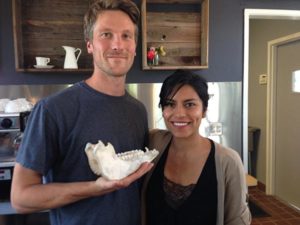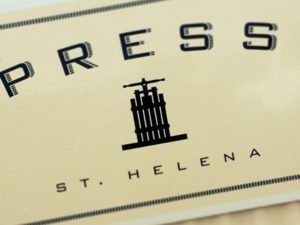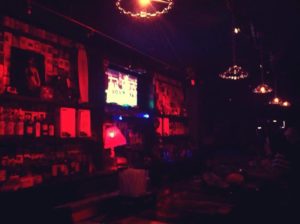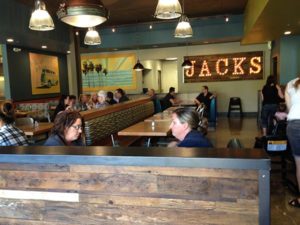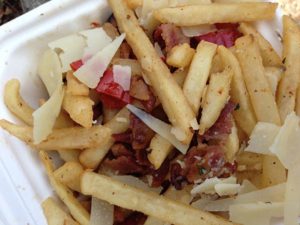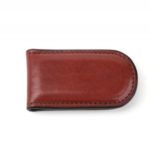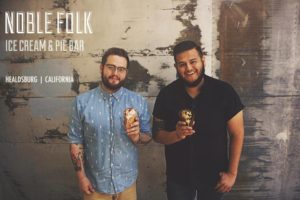UDPATE: The news that Eiko Nakamura, a Napa restaurateur and BottleRock participant died over the weekend was shocking to everyone. Nakamura’s ex-husband is being held in connection with her death. The restaurant’s food stand closed on Sunday after her body was found. See the article here.
Jamming to the Cure can work up a hearty appetite. Fortunately for Napa’s Bottlerock festival-goers, there were plenty of snarf-worthy eats throughout the event grounds, and BiteClub hit most of ‘em. Representing Sonoma County and the Coast, Nick’s Cove, Gerard’s Paella, Ultra Crepes, Three Twins Ice Cream and Sprenger’s Tap Room. From Napa (and elsewhere), Angele, Morimoto Napa, La Condesa, The Thomas, Tarla, Napkins, Villa Corona, Smoke Open Fire Cooking, Eiko’s Jax White Mule Diner, The Q Restaurant, Il Posto, Fume Bistro, Bui Bistro, Ca’Momi, Oakville Grocery, Ristorante Allegria, Kara’s Cupcakes, Bacon Bacon, Curry Up…okay, my fingers are tired.
Best and Worst of the Weekend
My overall impression: Wow, there was some incredible food. But a lot of it was really overpriced (even for a festival). Having been at Bottlerock last year and Outside Lands the last three years, I’ve come to expect $8-$13 for pretty good sized plates of food. When that goes up to $20? Yeesh. The food trucks were among the most creative, fun and affordable eats. Restaurants suffered a bit from being entirely isolated inside closed tents, making them sort of personality-less. Here’s the shakedown (and yes, I’m biased).
Best overall: Tri Tip Trolley, Sonoma. My first visit to this Sonoma-based food truck was delicious despite the fact that I was approaching meltdown in the over-indulging department. The bowl was nearly a half pound of soft tri-tip with sauce and slaw. Plus: Glen Ellen Star ice cream (vanilla maple bourbon!)
Best Value: I was shocked at some of the food prices, especially in the restaurant area. And I think a lot of other people were too, because I didn’t see very long lines at any of them (aside from Sprenger’s Tap Room). Ultra Crepes had generous crepes for between $5 and $8.
Best Burgers: Me So Hungry, SF. This newcomer to the scene knocked it out of the park with really tasty beef sliders slathered with sauces like creme fraiche, and gorganzola cheese sauce. So Noms.
Best Gimmick Dish: Porky Fries, Bacon Bacon (SF): These seasoned french fries were drenched in bits of bacon, spicy pickled red peppers, shaved parmesan and (though we didn’t find any in ours), pork shoulder. Still delicious and still worth $9.
Second was Drewski’s pulled pork and macaroni sandwich. Yep, macaroni in the sandwich. It wasn’t very pretty, took forever to get and tasted good, but not great. But you gotta love the idea.
Biggest Regret (for not eating): Curry Up Now, SF. I was actually pretty stoked to get a peek at this South Bay Indian truck. But by the time I got there, I was in serious pain. I mean oh-my-god-I-ate-too-much pain. I’m looking forward to seeing them at Outside Lands.
Sexiest Truck: Pin Up Girl Pastries and Coffee Co. (Santa Rosa). Another last-minute find. Adorable gals dressed up in pin-up girl gear that was adorable rather than, well, uncomfortable. This mobile coffee cart whose motto is “death before decaf” launched just two weeks ago, and is most often set up at Airport and Aviation. Check out their website here.
Come On, Really? The most overpriced dish of the day was a tie. $20 for Ca’Momi’s arugula and mascarpone pizza and even more shocking, $12 for Morimoto’s California Roll.



